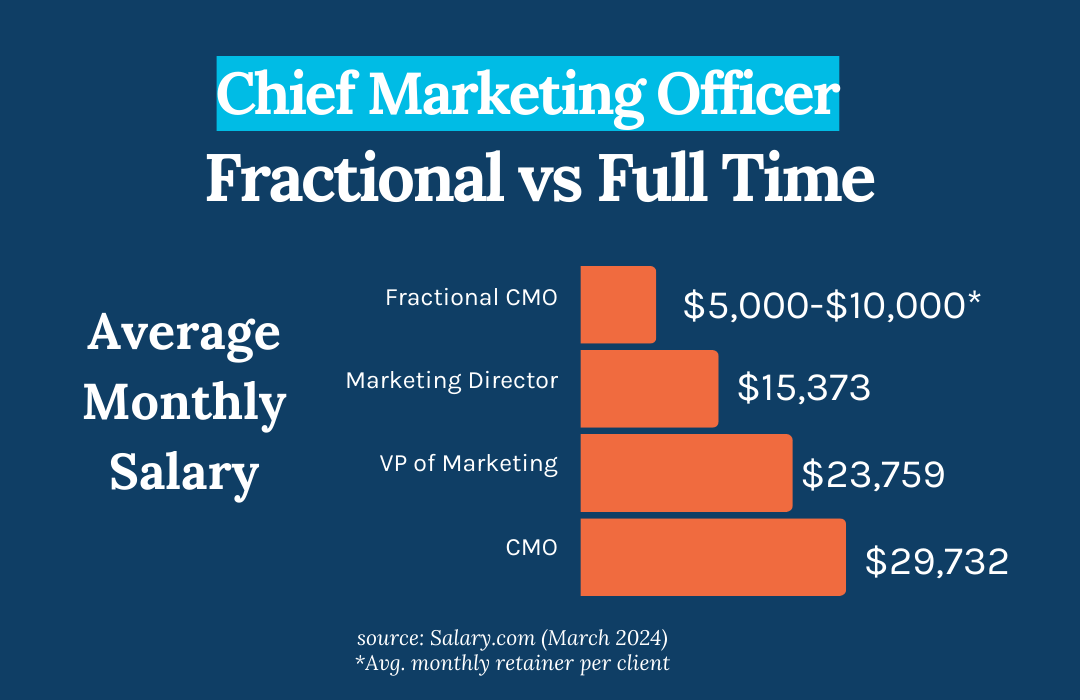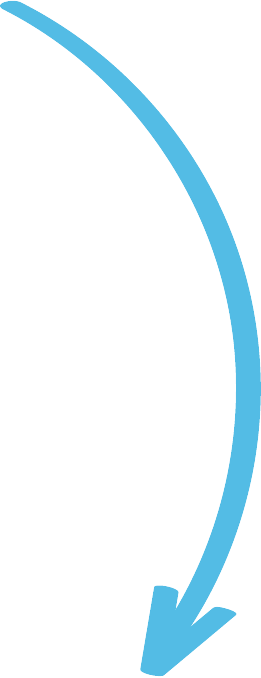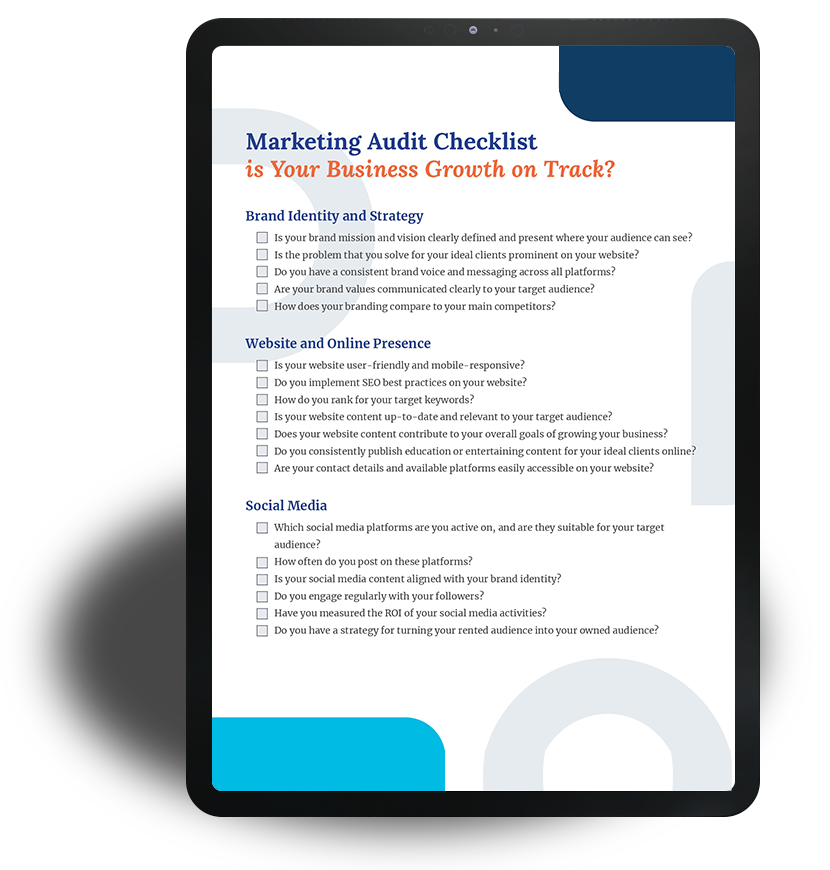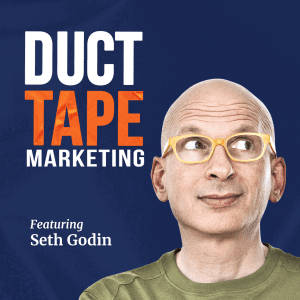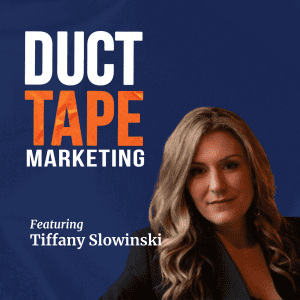Outsmart Competitors With Agency-First Web Design written by John Jantsch read more at Duct Tape Marketing
The Duct Tape Marketing Podcast with Itai Sadan
In this episode of the Duct Tape Marketing Podcast, I interview Itai Sadan, founder of Duda, a website builder designed for marketing agencies and small businesses. As a digital marketer since the birth of the internet, I remember Duda’s early days. In this episode, we discuss the evolution of this website builder from a mobile-first solution to a comprehensive platform for responsive web design.
Given how competitive the market is, Itai Sadan shares insights on the strategic shift to focus on web professionals. Just listen to any podcast episode, and you’ll hear it in the ads. We also talk about the role of AI in enhancing agency efficiency and the unique value Duda offers compared to competitors like WordPress. Also, being one of this episode’s sponsors, Itai Sadan gives a Cohen Brothers explanation of the origin of the brand’s unique name.
Key Takeaways:
- Duda started as a mobile-first solution for small businesses.
- The platform evolved to support responsive web design.
- Focusing on web professionals helped Duda clarify its mission.
- AI is transforming how agencies operate and deliver services.
- Duda provides tools to enhance agency productivity and efficiency.
- The company emphasizes the importance of websites in marketing.
- Duda’s support team offers 24/7 assistance to users.
- The platform integrates various tools to streamline website creation.
- Duda is committed to improving Core Web Vitals for better performance.
- The name ‘Duda’ is inspired by the film The Big Lebowski.
Key Moments
[00:00] The Birth of Duda: A Mobile Revolution
[03:02] Evolution of Duda: From Mobile to Responsive Design
[06:07] Focusing on Agencies: A Strategic Shift
[09:04] AI in Marketing: Opportunities and Challenges
[12:01] Duda’s Unique Value Proposition for Agencies
[15:02] The Duda Platform: Empowering Agencies
[20:00] The Story Behind Duda’s Name
More About Itai Sadan
- Check out Itai Sadan’s website, Duda
- Follow Itai Sadan on LinkedIn
- Follow Duda on LinkedIn
This episode of The Duct Tape Marketing Podcast is brought to you by:
Duda
Try Duda, the web design platform trusted by agencies to create beautiful, high-performing sites quickly. Ready to impress your clients? Visit Duda.co and start building something unique!
ActiveCampaign
 Try ActiveCampaign free for 14 days with our special offer. Exclusive to new customers—upgrade and grow your business with ActiveCampaign today!
Try ActiveCampaign free for 14 days with our special offer. Exclusive to new customers—upgrade and grow your business with ActiveCampaign today!
Testimonial (00:00): I was like, I found it. I found it. This is what I’ve been looking for. I can honestly say it has genuinely changed the way I run my business. It’s changed the results that I’m seeing. It’s changed my engagement with clients. It’s changed my engagement with the team. I couldn’t be happier. Honestly. It’s the best investment I ever made.
John Jantsch (00:16): What you just heard was a testimonial from a recent graduate of the Duct Tape Marketing certification intensive program for fractional CMOs marketing agencies and consultants just like them. You could choose our system to move from vendor to trusted advisor, attract only ideal clients, and confidently present your strategies to build monthly recurring revenue. Visit DTM world slash scale to book your free advisory call and learn more. It’s time to transform your approach. Book your call today, DTM World slash scale.
(00:59): Hello and welcome to another episode of the Duct Tape Marketing Podcast. This is John Jantsch and my guest today is Itai. He is the founder of Duda. It was created to help small businesses connect with potential customers anywhere, anytime, and any place. Itai started the company from his garage in Mountain Valley, California. I wonder how many intros have that in with his high school friend, Amir Glot, who is now the CTO in 2008. They both noticed how the internet was shifting towards mobile and the need for better mobile first experience to extract customers on the go. Over the years, the platform has evolved. Today Duda offers a fully responsive website builder targeting digital marketing agencies and SaaS platforms. Duda has over 1 million websites hosted on its platform. So Itai, welcome to the show.
Itai Sandan (01:50): Thank you, John for having me. Excited to be on the show.
John Jantsch (01:53): So I’ve been covering marketing, digital marketing for many years, and I feel like I’ve seen the evolution of Duda. Talk a little bit about V one, like the very early days when you started this. What did the tool look like at that point?
Itai Sandan (02:08): Oh yeah, we went through quite a change over the years. So when I started the company back in 2010, it was really at the advent of mobile phones. iPhone came out in 2008, Android followed shortly after. And the first idea that kind of triggered the launch of Duda was to help small businesses take their website that was built back then for desktop primarily,
(02:35): And make sure that it really created a great user experience on mobile phones. If you remember, back then it was a lot of pinch and zoom of sites, and the experience was not really there. So we came out with a pretty nifty solution that just took all you had to do, put the URL of your desktop site, click on submit, and we do the magic behind the scenes and kind of optimize it for mobile. Created a second website, kind of an mdot, and that was the initial product for the first, I would say re four years of a company.
John Jantsch (03:07): And fast forward to today, Duda is really very accepted by agencies as really a full building platform for your entire online presence. So talk a little bit about that evolution, that change that you really saw, because you probably felt at some point the mdot was a little limiting for what to do, could be right. So talk a little bit about that evolution and how you’ve kind of walked alongside the changes in small business marketing in general.
Itai Sandan (03:36): Yeah, absolutely. So as I kind of alluded about three or four years in, as we started sensing that small businesses didn’t want to build a site for mobile, a site for desktop, a site for tablet. They wanted to build it once and it runs everywhere. And kind of at the same time, responsive web design rose to be the way to achieve it. There weren’t great tools that allowed SMBs to actually build responsive sites. So we kind of were thinking, okay, how do we take the solution that we built really for mobile primarily and add these other screens and worked on our second product, which is today our core product. And as we did that, we also went through a rebranding. Initially we launched the company as Duda Mobile. Then with this new product, we kind of cut the mobile out. And from then on, the company was known as Duda with building fully responsive website.
(04:33): But that was not enough. As we did that. Now, we were suddenly in competition with some very significant players like Squarespace, Wix, WordPress, and four years into the company of a very big question arose of what is unique about us? Why are customers going to come to do that? And we were looking at our user base and about 50% were SMBs, but the other 50% were these web professionals, web designers, digital marketers. And we felt like first they were just from a data perspective, they were growing faster and maybe from a culture DNA of the company, we felt we understood them better, we understood their needs, and we were better at building maybe more sophisticated software for a more professional user than kind of dumbing it down building simple tools for. So at that point, we made a very significant decision that was kind of the second big decision.
(05:28): Almost in the same year after moving from a mobile product to a fully responsive product, we basically decided to focus on only 50% of our customer base. And going forward, we said, we are going to be a web development platform for agencies, for web professionals. And from that day on, we did not spend a dollar more on acquiring SMBs. We became that platform for web professionals and that brought tremendous amount of clarity and focus throughout the organization. So my co-founder and CTO knew which features to prioritize, obviously the features that agencies wanted. Marketing knew at what level to message sales understood better who were their customers. So really that decision. I know a lot of companies are hesitant about narrowing your customer base and your total addressable market, but actually being much more focused, which everybody always tells you that you should do. It really helped propel the company forward, helped us be more unique and help the product become much better in doing what this type of customer really wanted.
John Jantsch (06:42): And those are two very distinct markets that had very distinct needs. So it makes it very difficult to try to serve both of them with essentially the same message, the same tool set. So whenever I talk to a technology company, a SaaS company, and we can talk about the changes in platform and the market that have occurred, I mean, I started my business, we didn’t have the internet talk about all the changes, but I love asking this question. In your time in doing what you’ve been doing and being an entrepreneur, is there anything in marketing that you feel like hasn’t actually changed?
Itai Sandan (07:21): Yeah, I think I know from when I launched it and first talking to VCs, and this was like 14 years ago when I started the company, there was always the question, will websites always be needed? Would it be replaced by social media? Will it be replaced now with ai? So the technology has changed, but websites stay a very fundamental piece of any small businesses marketing stack. And I don’t see that changing. I think we actually ran a survey with our customers, and 99% said that they still see websites as a very dominant component of their revenue generation capabilities in 2024, they actually expect much more from their website. And we can talk about that very soon.
John Jantsch (08:09): Yeah, I was going to say, I actually think they’ve moved from being a channel to actually being the hub. I mean the central part of their marketing.
Itai Sandan (08:17): Yeah, absolutely. They’re asking, they want to see more traffic, they want to see more leads from their website, higher conversions doing a lot more things, and they don’t want to pay more. So I think we can talk about that. That causes a challenge for agencies that are servicing SMBs, how do they continue to service them and help provide that additional layers that they’re asking for additional capabilities while keeping costs at bay?
John Jantsch (08:51): That’s a really significant question. We work with a lot of agencies, and a lot of them are especially agencies that are very focused on tactics. We do websites. We do SEO, we do content. I mean, the pressure on price for that stuff is, I mean, because there’s somebody doing it for $10, AI will do it for free mean, or at least that’s the perception, right? I mean, so a lot of agencies are really struggling with both revenue and certainly profitability today. I mean, first off, have you found that to be true? Second part of that, I suppose, is what has due to attempted to do to kind of address that?
Itai Sandan (09:28): It’s absolutely true. There is much more pressure to do more for less. And I think things like obviously AI are key technologies and capabilities that an agency needs to adopt in order to be more efficient with the existing headcount and staff that they have, do that. As many other players in the market, we’ve been very focused on adding AI features into our platform. We call those AI assistance, and they really help our customers deliver, build and maintain websites at half the time then it used to be before. So everything that you can imagine from the obvious things of text generation, content creation, but then to a lot of things that are kind of also behind the scenes around SEO taking a lot of helping with workflow, taking a lot of those maintain, but very important tasks that need to be done on the website and automating them.
John Jantsch (10:30): It’s my pleasure to welcome a new sponsor to the podcast. Our friends at ActiveCampaign. ActiveCampaign helps small teams power big businesses with the must have platform for intelligent marketing automation. We’ve been using ActiveCampaign for years here at Duct Tape Marketing to power our subscription forms, email newsletters and sales funnel drip campaigns. ActiveCampaign is that rare platform that’s affordable, easy to use, and capable of handling even the most complex marketing automation needs. And they make it easy to switch. They provide every new customer with one-on-one personal training and free migrations from your current marketing automation or email marketing provider. You can try Active Campaign for free for 14 days and there’s no credit card required. Just visit active campaign.com/duct tape. That’s right. Duct Tape Marketing podcast. Listeners who sign up via that link will also receive 15% off an annual plan. That’s activecampaign.com/duct tape. Now, this offer is limited to new active campaign customers only.
(11:36): So what are you waiting for? Fuel your growth, boost revenue and save precious time by upgrading to ActiveCampaign today. Hey, attention all digital agencies. Are you looking to build beautiful high performing websites? Fast Meet Duda, the platform designed to help you create stunning, responsive sites that wow your clients and boost your business, whether you’re a season pro or just getting started, Duda Hass got the tools you need from custom widgets to seamless client collaboration. We’ve made it easier than ever to turn your web design dreams into reality. So why settle for less? Join the thousands of agencies who trust Duda to power their success, head to Duda.co and start building something amazing today. Yeah, I love the fact that you’re using the word assistance. That’s how I refer to AI right now. I mean, maybe there will be a day when it can create from scratch original stuff, but I think it’s terrible at that right now. But I think that it is very good, as you said, at creating efficiencies, doing mundane things, creating writing metadata. I mean, that’s like mind numbing work and AI can probably do that better than a human being in some cases. And so using it as an assistant, I think is the correct way to look at it.
Itai Sandan (12:56): We have capabilities inside the tool that with one click of a button, let’s say you have 500 images on a website, it will add all text to all your images automatically, right? It actually does it really well. You could go and edit it, but most people don’t. And these are very important things in order to be, for the website to rank and to be found for all these keywords. A lot of focus there.
John Jantsch (13:23): So in addition to the tools that you have built in, what are you seeing agencies do? Some of the things we talked about, like metadata and alt tags and creating efficiencies. A lot of people are focused very much on using AI for content creation, which makes total sense for marketers. But are you seeing agencies use it in other ways to run their businesses?
Itai Sandan (13:49): We have multiple examples. We have seen an agency create custom gpt for each customer.
John Jantsch (13:55): So
Itai Sandan (13:56): They kind of load that custom GPT with all the documents, all the information related to that customer
John Jantsch (14:02): Tone, they tone, tone, voice brand, right? Yeah, everything.
Itai Sandan (14:04): Yep. And that custom GPT is connected to additional tools like could be connected to an SE Mage or an H Rev to do that. So then when you need the specific tasks, you want to know how is this customer doing on their search ranking? The custom GPT would go and question SMR and return that answer, or how’s the traffic been to that website in the last months that it will go to Duda and check that and return that answer. So creating a lot of these efficiencies inside the business in the agency where otherwise it would be just going to many different tools to try to collect that data. So that’s one example. We’ve seen a pretty big directory. Local listings business in Australia really increase a lot of efficiency by embedding eye content into the generation of websites. So think especially today, in order to rank, you want to add more pages into a website, you want to find one of those keywords that I want to rank for.
(15:10): I want to create additional pages with content related to those keywords. You can use AI today to generate these specific pages, at least to give you a pretty good first draft that afterwards a human can go and review. They’ve been able to go from about the creation of 130 websites a month to about 270. So almost more than doubling. And they say that the majority of those gains is due to the use of AI for content generation. So I’m sure there’s a lot of more examples, but those are quick too, that I have top of mind.
John Jantsch (15:48): I still see a lot of business owners and even some agencies really seeing AI as a threat. I mean, where do you fall on that? Is it going to wipe out the industry or are SEO firms not going to be needed anymore? Where do you fall on that?
Itai Sandan (16:01): Yeah, I think similar to what you alluded to, I agree as well. I don’t think there’s any risk to agencies not in the midterm of being replaced by ai. I think the risk for an agency is to be replaced by another agency that makes better use of AI than they are.
John Jantsch (16:22): This is, I have said that exact thing numerous times. Yeah, exactly. Somebody who’s as strategic as you using ai.
Itai Sandan (16:30): So this is where agencies need to educate themselves, train themselves, embed AI into their workflows in order to make sure that they’re not falling behind.
John Jantsch (16:43): So this might be getting a little bit into the technical aspects of Duda, but I wonder if you could explain for people that are not familiar with it, if I’m familiar with, say WordPress, I go and I get an installation and I build the website and then I do all the stuff to it, right? Explain kind of how Duda works for agencies, right? Because you have a model where somebody can build countless websites on the platform for all of their clients. So talk a little bit about how that all works together or maybe even compare and contrast to say a WordPress.
Itai Sandan (17:13): Yeah, I’d say I’d start with that Duda was built with agencies in mind. So everything that we do, every decision about our roadmap is all focused on agencies and how do we empower agencies to be more productive, more efficient when they build websites. And we have kind of broken down the lifecycle of an agency creating websites for SMBs, and we try to address different pain points in that lifecycle of website creation. So we have multiple different tools. Of course, the bread and butter is the editor itself, and I’ll talk about that in a second. But we have multiple different tools to address different stages of that lifecycle. So for example, we help our agencies with acquiring customers because we know the value propositions of our website. So we provide sales training and marketing assets that they can white label and provide us their own. We have tools that help them gather information about a small business.
(18:19): We know how long it takes to get things like just to get the images for a business that you’re going to build a website for how long it takes to get business information, opening hours, email addresses, social media links. We have tools that scour the web and put that information at the agency’s fingertips. So again, it’s all about efficiency and productivity. And then around the website builder itself, there are a lot of capabilities there that are around productivity and efficiency that make it very easy and quick to build beautiful pixel perfect websites in the fraction of a time compared to what it would take you in WordPress. Now, the nice thing about using a proprietary platform like Duda is that you have a lot of things included that maybe in the WordPress, WordPress ecosystem, you would need to go into the plugin directory and you get plugins from different players that you don’t know how well they’re playing with one another and they break.
(19:24): And here actually, you have an amazing support team that is sitting, some of them are sitting right here next to me where I am here in Colorado, but they’re spread throughout the world, so they can give you 24 7 support, and they actually help you with issues that you have. They’re all very technical savvy in H-T-M-L-C-S-S, JavaScript. So they can really help you if you run into issues, you shouldn’t run into issues, but if you do, they can help you get the job done. And then on top of that, I would say we have a lot of these advanced tools that really for agencies that are not building maybe one or three sites a year, but if you’re thinking of taking your agency to the next stage where you want to build tens, hundreds, we have customers building thousands of websites a year. You need these tools. You’re not going to get them in the WordPress ecosystem. These are tools that allow you to make one change in the template, and it spreads throughout all the websites that you created. It’s tools that give you AI and sorry, API access into a website and either integrated into your workflow creation process into your CRM tools or things that through APIs you can go and make changes in your websites, your customer’s websites. There’s so many. Again, I gave examples of AI and capability. So there’s a lot of things
(20:51): Embedded in there. There’s things that, I dunno if you know, but Duda is also a leader in terms of core vitals, which is
John Jantsch (20:59): For speed, I’m sure.
Itai Sandan (21:01): And that’s just the page speed and load times. We do better than any other website CMS platform out there significantly better than WordPress. And that’s because our engineers are really focused on improving every single aspect. And that’s one of the advantages of having more of a proprietary platform. You can really control these things. But yeah, there’s a ton of advantages. I probably touched on a few of them.
John Jantsch (21:26): So I want to end today, our time today with probably a silly question, and maybe you’ve answered it a hundred times, but I’m sure other people have asked you. Is there any story behind the word Duda?
Itai Sandan (21:36): Yeah. So Duda is related to the dude, and that is, if you’ve seen the Big Lebowski, Jeff, who plays the dude there, that was a movie that both me and my co-founder were very fond of. I know him since high school and we went to college together. So initially when we formed the company, we called it Duda Mobile. We didn’t think that Dude Mobile was a great name. So we went Duda Mobile, and now it’s Duda, but still the culture and some of the aspects of that movie, and you can see them in our offices today. For example, I’m right now sitting in a room that is called the Dude, but there’s other rooms here that are called the Ringer and Urban Achiever and Pinky Toe. So there’s a lot of elements from, it’s kind of just a fun thing to have as part of your culture.
John Jantsch (22:25): So I’m hoping Happy Hour includes white Russians then. Absolutely. Awesome. Well, Itai, I appreciate you stopping by the Duct Tape Marketing Podcast. Is there somewhere you’d invite people to find out more about some of the things we talked about today?
Itai Sandan (22:40): You can obviously visit us@duda.co. That’s where you can try out the software. There’s a 14 day free trial. If you need an extension, ping me directly. You can find me on LinkedIn, on Twitter. Yeah, I think those are the best channels to reach out to us.
John Jantsch (22:56): Awesome. Well, it’s really been a joy to watch kind of how you’ve grown this tool and evolved this tool. So again, I appreciate you stopping by and sharing a few moments with us.
Sign up to receive email updates
Enter your name and email address below and I’ll send you periodic updates about the podcast.
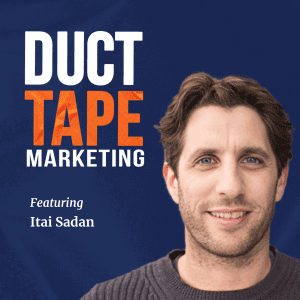
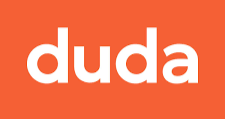

 Nobody does data better than Oracle. Train your AI models at twice the speed and less than half of the cost of other clouds. If you want to do more and spend less, take a free test drive at
Nobody does data better than Oracle. Train your AI models at twice the speed and less than half of the cost of other clouds. If you want to do more and spend less, take a free test drive at 